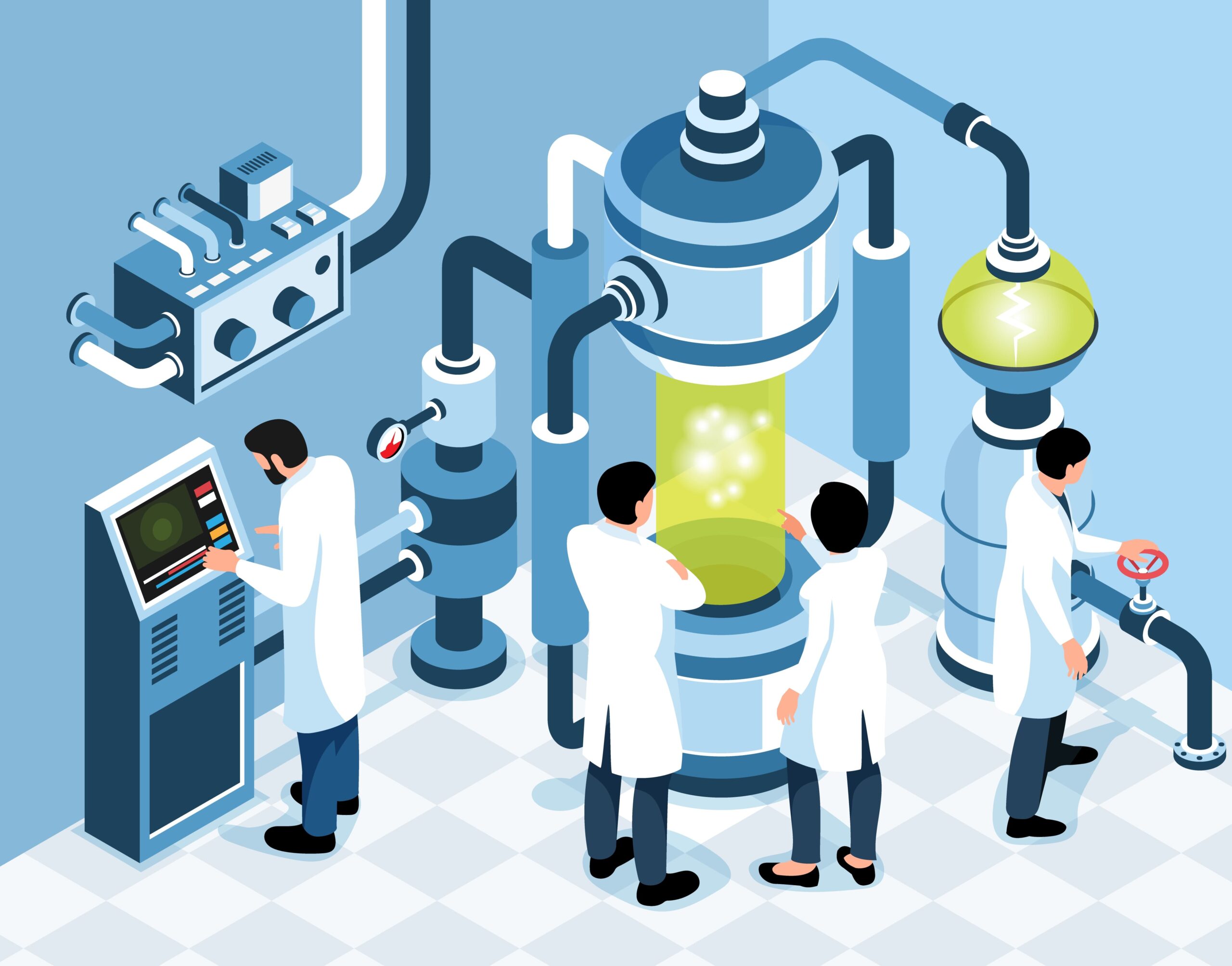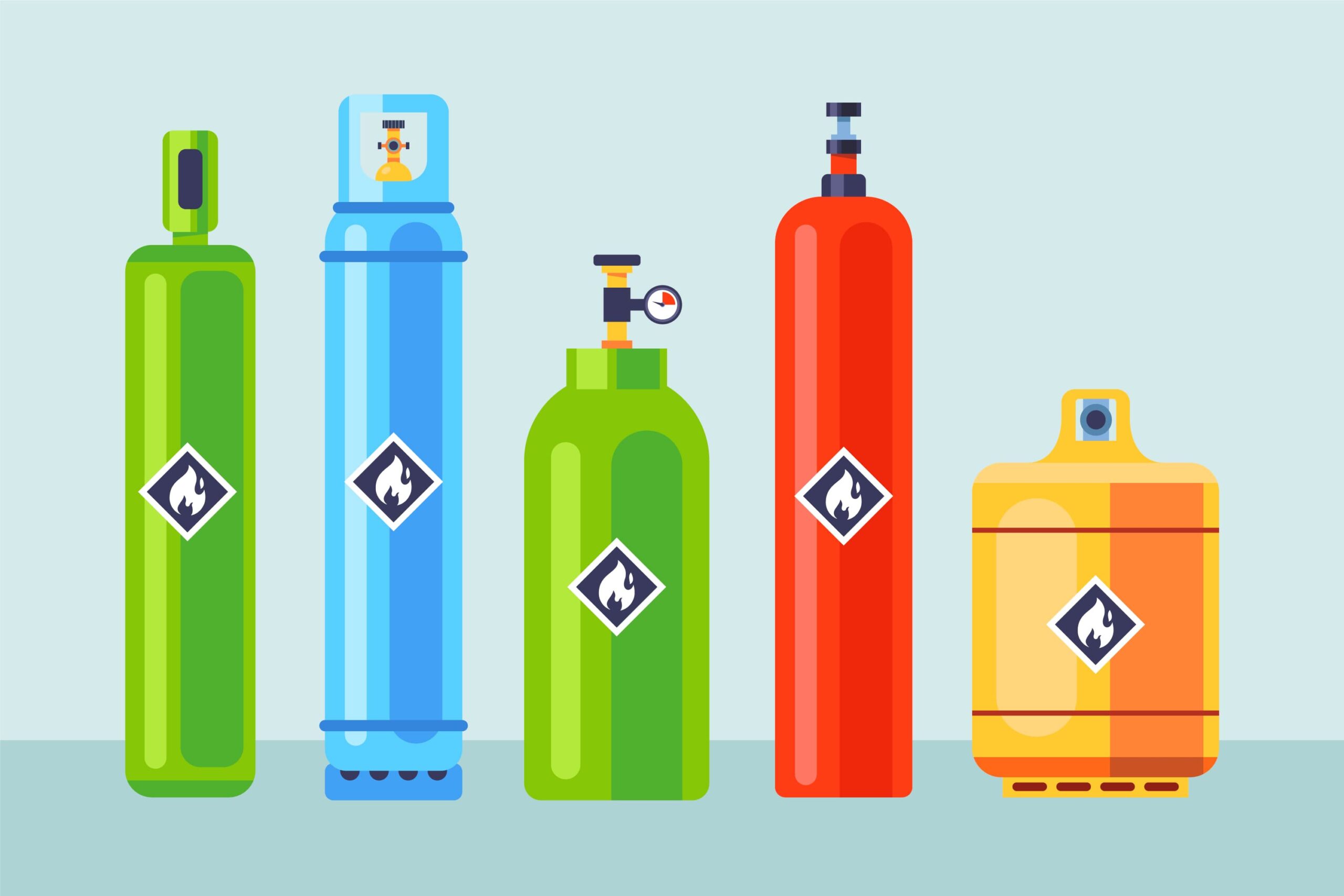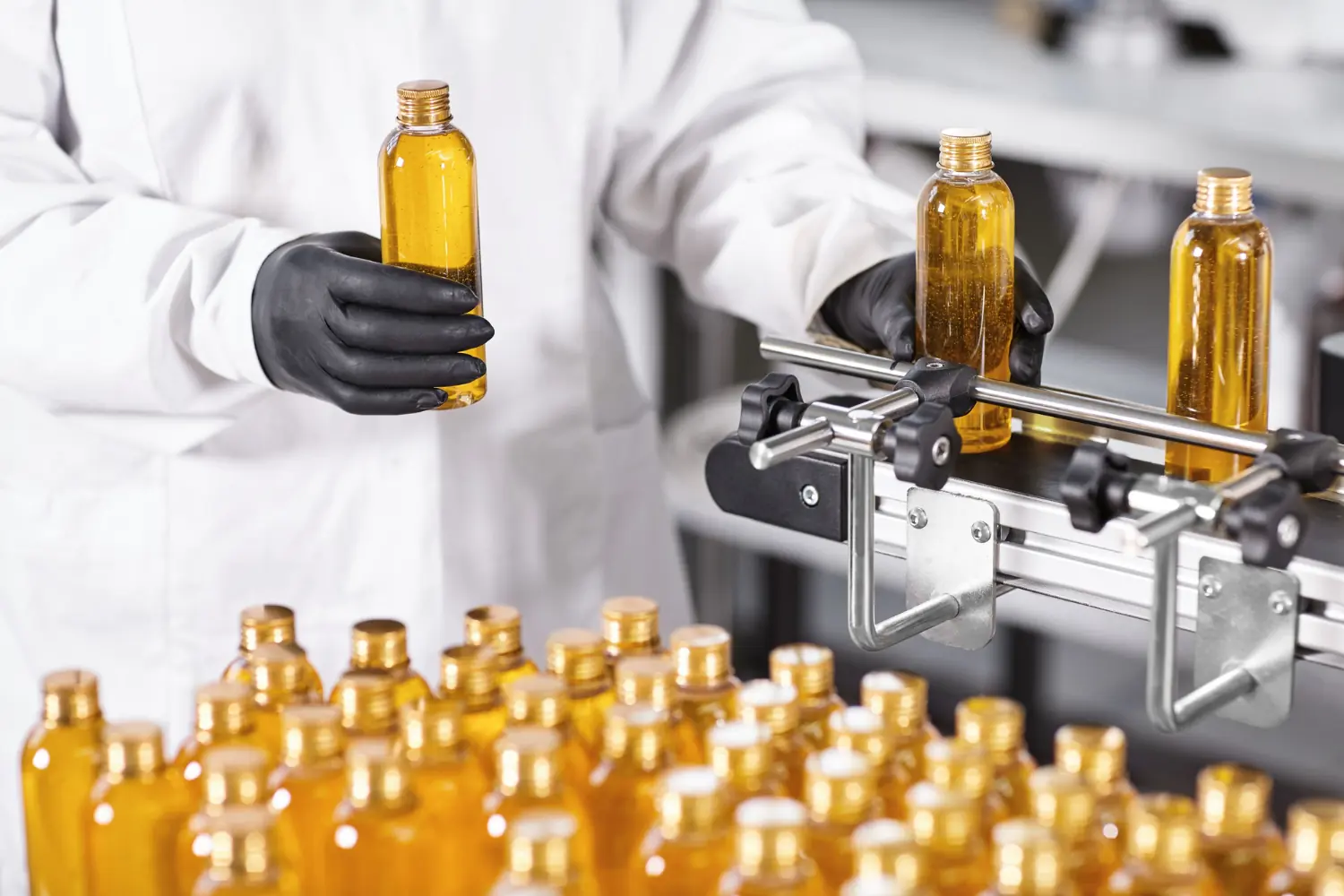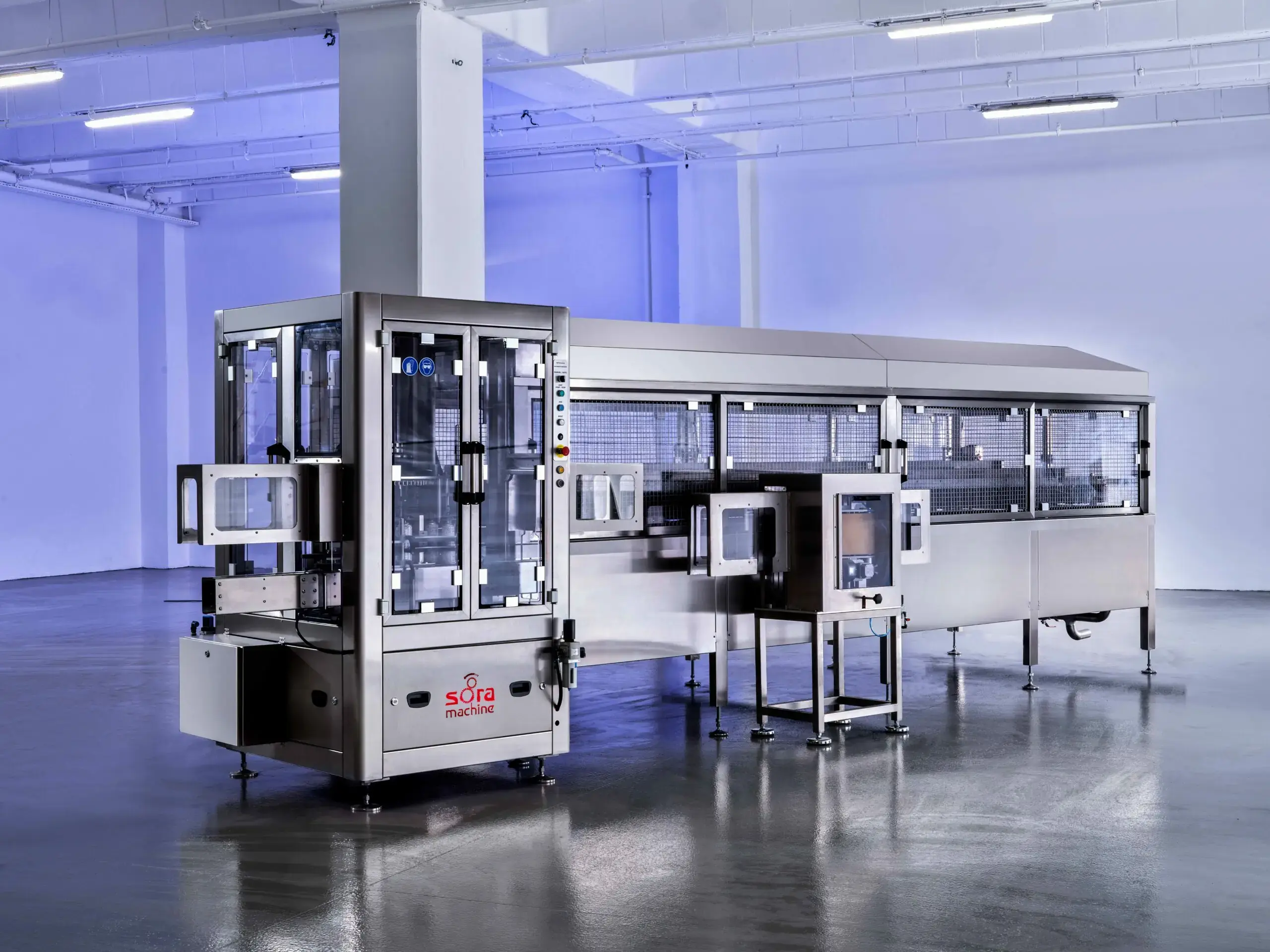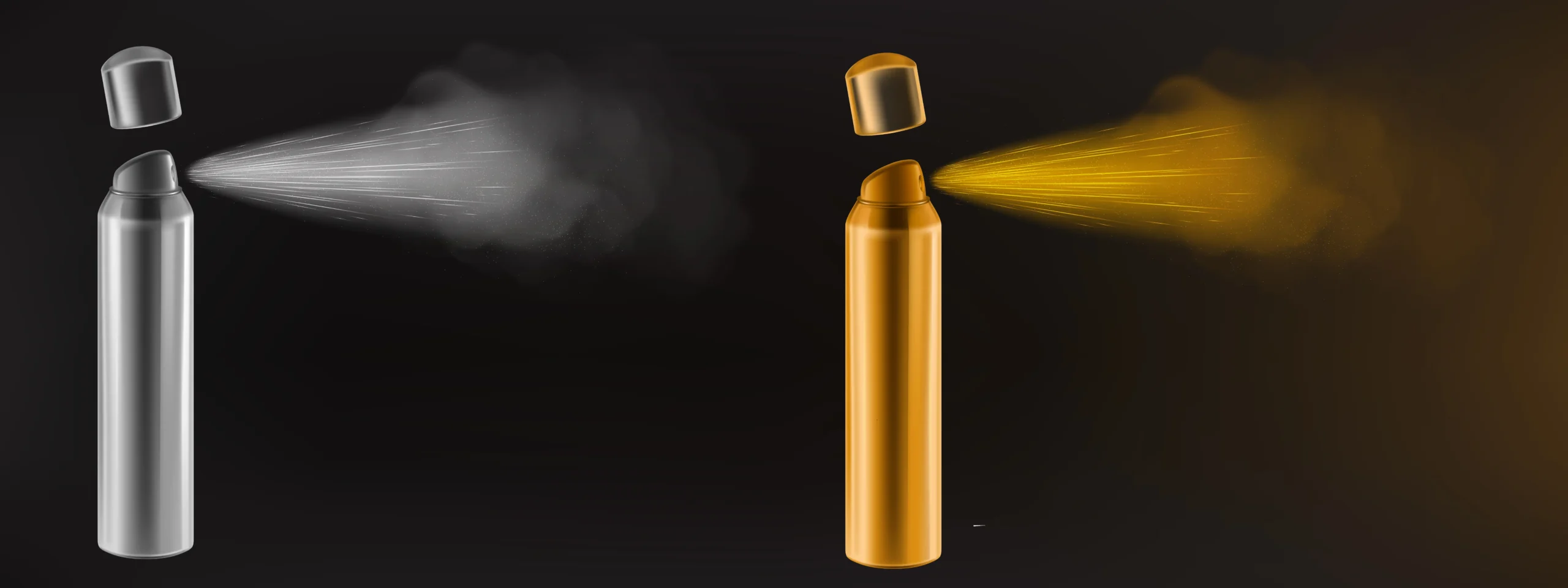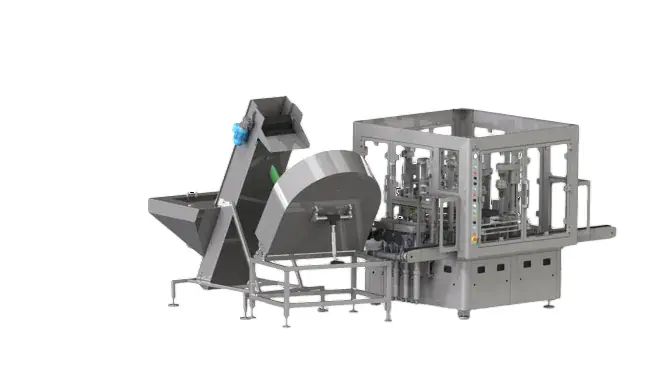In the aerosol business, bag-on-valve (BOV) technology is a contemporary solution that provides a safe, effective, and ecologically responsible substitute for conventional aerosol delivery methods. As consumer demands for safer, more environmentally friendly, and more effective dispensing methods grow, manufacturers, brand owners, and even consumers need to understand how Bag-on-Valve works. The BOV’s components, filling procedure, spray mechanism, and differences from conventional aerosol systems are all broken down in this comprehensive reference.
Key Components of the BOV System: How Do They Interact?
We must first examine the fundamental elements that comprise the system in order to comprehend the BOV mechanism. An aluminum can, a multi-layered bag, a one-way valve, and a dip tube or actuator make up the Bag-on-Valve system’s core.
The BOV valve system is essential to how the technology works. To provide a hermetic seal, this valve is crimped firmly onto the container. The propellant, usually nitrogen or compressed air, is positioned between the bag and the inner walls of the can, and the material to be dispensed is inserted into the bag inside the can. Because the propellant and the product are totally segregated, there is no chance of chemical interaction, contamination, or deterioration.
This separation of phases is one of the primary reasons BOV technology is considered superior. Every component of the system functions together. When the actuator is squeezed, the product is driven out through the valve and nozzle without the requirement for internal mixing or shaking. The pressure of the surrounding gas causes the bag to collapse.
How is the BOV System Filled?
The BOV filling process is precise and occurs. The required substance, whether it be a culinary ingredient, household cleanser, pharmaceutical spray, or cosmetic serum, is first put into the empty bag within the can. When required, sterile or aseptic methods are used to do this through the valve system, particularly for products that need to meet strict hygienic requirements.
Next comes the pressurization step. Compressed air is inserted between the bag and the can wall once the product has been firmly packed into the bag. This step creates the pressure needed to eventually dispense the product. Over the course of its shelf life, the formulation stays pure and unchanged since the gas never comes into contact with the product itself.
The BOV method guarantees separation at all times, in contrast to conventional aerosols, which mix the product with liquefied gas propellants. Filling delicate, reactive, or natural goods that would ordinarily degrade when exposed to propellants or outside air is made simpler as a result.
How Does the BOV System Spray?
Examining Bag-on-Valve’s distinct spray mechanism is necessary to comprehend how it operates.
The user just needs to press the actuator after the container has been sealed and pressurized. The rest is done by the external pressure that surrounds the interior bag. Depending on the nozzle and actuator design, the compressed gas pushes the product out of the bag as the actuator opens the valve, producing a steady spray or foam.
The spray is also controlled, continuous, and smooth. Since the product is not mixed with gas, there’s no sputtering or dripping, and almost 98% of the product can be dispensed efficiently. This makes BOV highly efficient in terms of usage and product waste reduction.
Mechanism Differences from Traditional Aerosol: Key Points
Use of Propellants: Conventional aerosols deliver the medication using chemical propellants.
The need for breath coordination: Synchronization between actuation and inhalation is necessary for conventional metered-dose inhalers (MDIs).
Consistency of Delivery: Because traditional aerosols require shaking or inhale inconsistently, their dose administration may vary.
Aerosol clouds produced by more recent technology (such as soft mist inhalers) are slower and more constant, which improves lung deposition.
Effects on the Environment: The propellants used in traditional MDIs increase greenhouse gas emissions.
Systems without propellants are better for the environment.
Variations in Formulation: Propeller-compatible stabilizers and solvents are frequently needed for conventional aerosols.
A greater range of formulations, such as biologics or medications that are sensitive to temperature, can be handled by more recent systems.
Key Advantages Offered by the Mechanism
Now that we understand how Bag-on-Valve works and how its mechanism differs from traditional aerosols, let’s explore the practical advantages this system offers across industries.
Product Integrity and Purity
The formulation stays stable and uncontaminated since the product never comes into contact with propellants or outside pollutants. This is particularly crucial for applications including food grade, cosmetics, and pharmaceuticals.
User Convenience
BOV systems allow for 360° use, quiet operation, and precise spraying. Consumers enjoy the improved ergonomics and reduced mess — features that boost brand trust and customer satisfaction.
Cost-Efficiency in the Long Term
While BOV systems may have slightly higher initial production costs due to advanced components, the benefits in product preservation, reduced waste, and fewer returns due to malfunction often outweigh the expense.
Regulatory Compliance
BOV technology stands out as a progressive solution that guarantees compliance and future-proofs product lines as regulatory bodies throughout the world crack down on the use of flammable and ozone-depleting propellants.
The BOV working principle provides a more intelligent, secure, and effective substitute for conventional aerosol technology, from its distinct BOV filling process to its clean spray mechanism.
The BOV mechanism stands out as a change toward responsible innovation as well as an improvement in functionality as sectors strive toward cleaner, greener solutions.
Manufacturers and brands may make better judgments and provide consumers with safer, cleaner products by knowing the BOV system, its main advantages, and how it differs from conventional aerosols.



